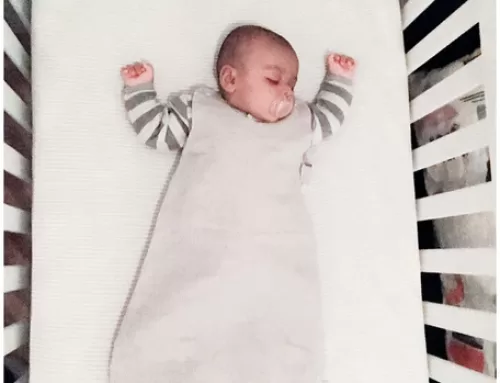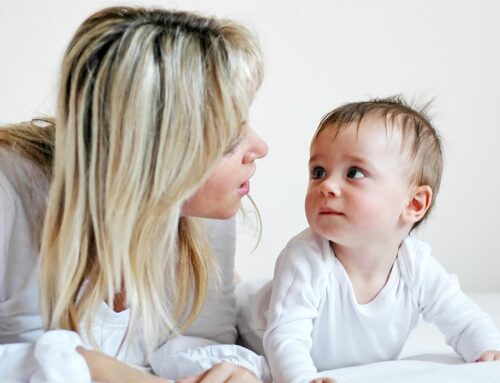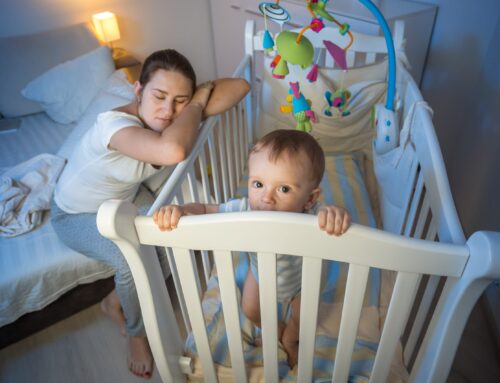Where should your baby sleep?
As a new parent, one of the most important decisions you’ll make is where your infant should sleep. With so many options available, it can be overwhelming to figure out what’s best for your little one. In this article, we’ll discuss the various sleeping arrangements and their pros and cons, so you can make an informed decision.
The American Academy of Paediatrics (AAP) recommends that infants sleep in the same room as their parents for at least the first six months of life, and ideally for the first year. This is known as room-sharing. The reason for this recommendation is that it has been shown to decrease the risk of Sudden Infant Death Syndrome (SIDS) by as much as 50%.
Room-sharing can be achieved in a few different ways. One option is to have your infant sleep in a bassinet or cradle next to your bed. These are small, portable sleeping arrangements that can easily be moved from room to room. Another option is to use a co-sleeper, which is a small bassinet that attaches to the side of your bed. This allows you to keep your baby within arm’s reach for easy night-time feedings, without the risks associated with bed-sharing.
Bed-sharing, where your baby sleeps in the same bed as you, is not recommended by the AAP. Bed-sharing has been linked to an increased risk of SIDS, suffocation, and accidental injury. It’s important to note that bed-sharing is different from co-sleeping, which refers to any sleeping arrangement where your baby is in close proximity to you, but not necessarily in your bed.
If you’re not comfortable with room-sharing, or if it’s not possible in your living situation, there are other options to consider. A separate nursery for your baby is one option, but it’s important to make sure that the nursery is a safe sleeping environment. The AAP recommends using a firm, flat mattress and avoiding soft bedding, such as pillows, blankets, and bumper pads. The room should also be kept at a comfortable temperature and free of any hazards, such as cords or small objects that could pose a choking hazard.
Another option to consider is a portable crib or play yard. These can be set up in your bedroom, or in any other room in your home. They provide a safe, enclosed space for your baby to sleep, and are also portable, making them a good option for families who travel frequently.
Ultimately, the decision of where your infant should sleep is a personal one, and there is no one-size-fits-all answer. The most important thing is to make sure that your baby is sleeping in a safe environment, free of any hazards. Room-sharing is the safest option, but if that’s not possible, there are other options to consider. It’s also important to remember that your baby’s sleeping arrangement may change as they grow and develop, so be prepared to adapt as needed. Remember to always prioritize your baby’s safety, and be prepared to adapt as their needs change. With a little research and careful consideration, you can make the best decision for your family.




